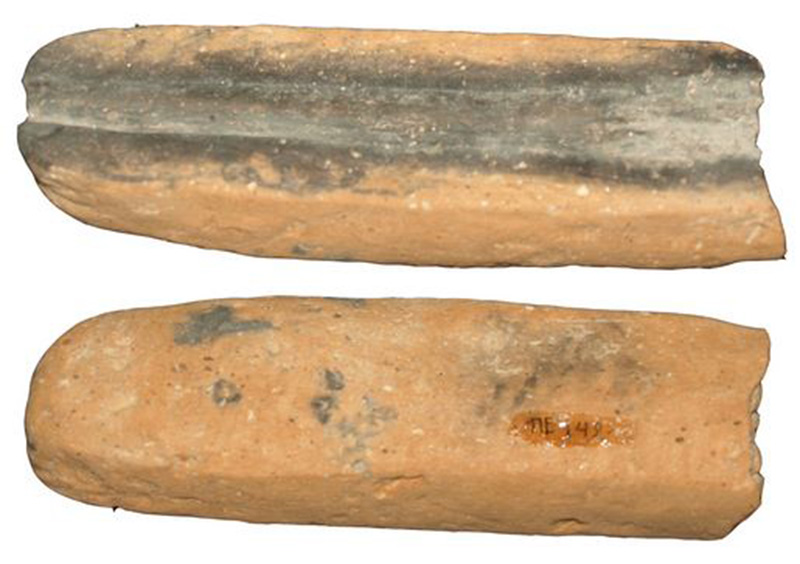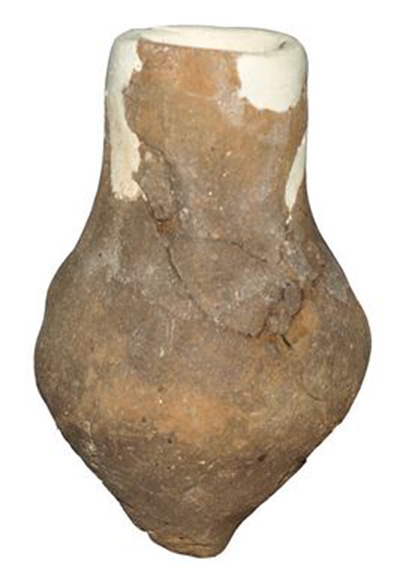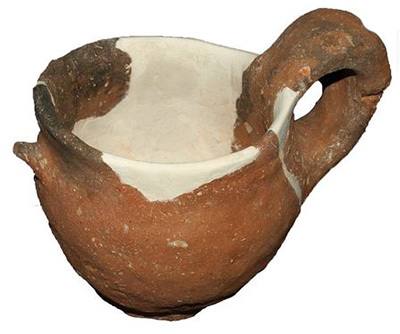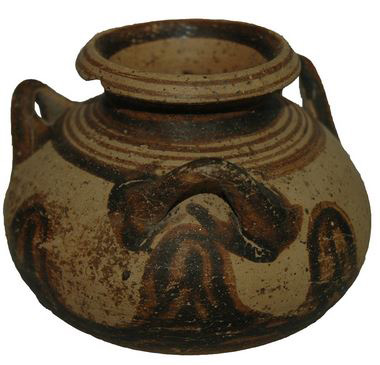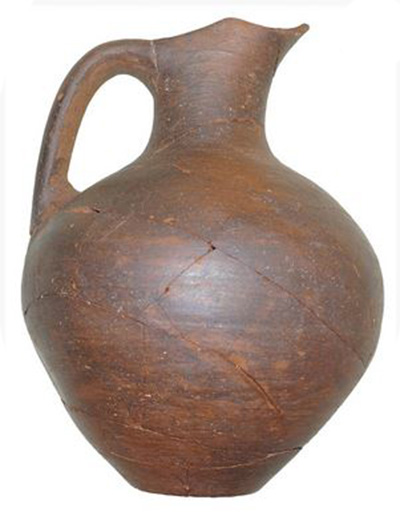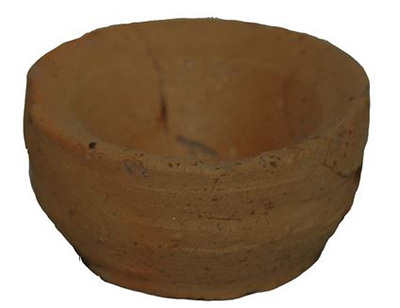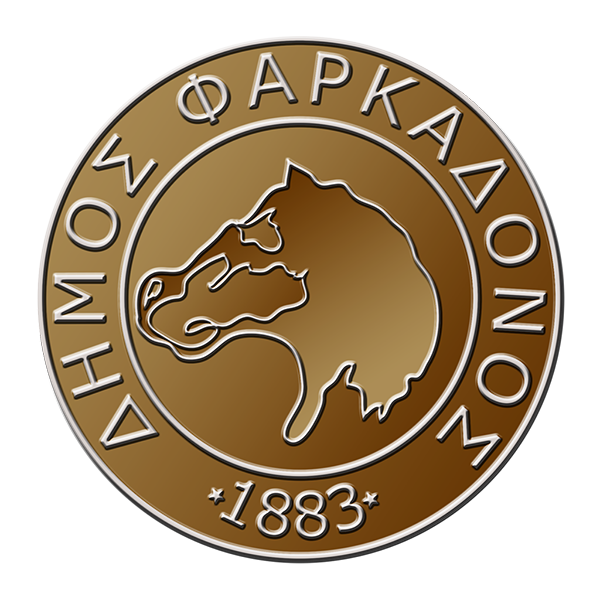Because the settlements adapt to the relief and the relief also adapts to the needs of the settlers, reference to the local landforms that contributed to the initial establishment of the settlement in that particular location, as well as to its further development, is considered essential.
To the north, the settlement is protected by a branch of the Khasias, which is called “Voula”, and in particular by a group of hills, where low altitudes of the order of 85-120 meters prevail. To the south stretches the fertile plain of Trikala. Pinios today is located at a distance of 2 km from the settlement, while to the west of the settlement at a distance of about 150 meters flows the stream Avlaki.
The hilly areas around the settlement have lost their original character mainly due to animal husbandry, which results in intense grazing. Direct anthropogenic interventions, such as modern quarries and all kinds of work for the construction of country roads have significantly altered the environment.
The settlement is located within the seismic zone of Thessaly, whose seismicity is high. Earthquakes themselves bring about some changes in the topography, such as changes in the course of rivers, small landslides, etc. The excavation in the eastern part of the settlement, where the buildings continue north under a rural road, which is at least 3 meters above the settlement, could be considered evidence of landslides.

The excavation work
The excavation at the “Asvestaria” site of Petrotos Trikala, started as a rescue excavation on the occasion of the construction project of the E. O. Larissa-Trikala where a settlement of the Late Bronze Age came to light. The excavation was conducted under the direction of EFA Karditsa archaeologist Maria Vaiopoulou, with the collaboration of an interdisciplinary team of researchers and the support of INSTAP39 and lasted 5 years.
The case of the settlement of Petrotos is for western Thessaly the only known case of a settlement of the Late Neolithic or even earlier phases, whose life continued uninterrupted until the end of the Bronze Age. Parts of 14 buildings were discovered, which date from the Early Helladic (PE) II to the Late Helladic (YE) IIIC.
Among the best preserved are:
a) Building H, with a NE-NW direction, which dates to PEII. It is an arched building with an entrance on its NW side and revealed dimensions of 8.75×7.00 meters.
b) Building E, which dates back to HY IIIA. It is a rectangular mega-shaped building in which three building phases can be observed. From the first phase, a wall of 16.21 meters is preserved, while from the second phase, where it is found that the building decreases in size, a wall of 12.22 meters long is preserved. In its third, final phase, at least three areas can be distinguished as well as a monumental entrance. The surviving dimensions of the building in this phase are 16.21x 5.60 meters. The building continues under the old E.O. Larisa-Trikala
c) Building I, which dates to the YYIIIB period, has a NW-NE direction, with maximum surviving dimensions of 21.77X5.56 meters. It consists of at least four spaces. On the NE side of building I, where it is located and its entrance, a section of stone-paved road (dimensions: length 4.22 meters and width 2.40 meters) came to light, which overlies building IB, which dates to YEIIB.
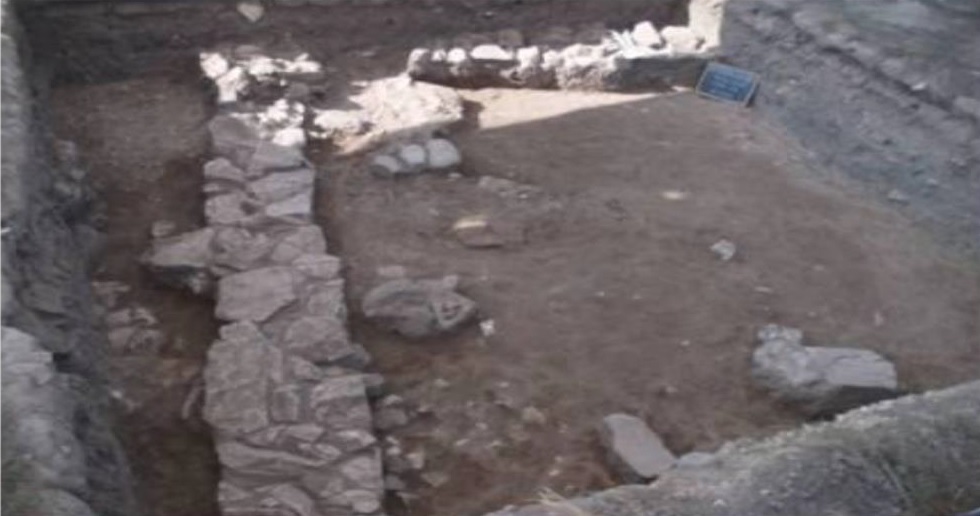

Archeological findings
Burials
42 burials came to light, which were either box-shaped or pit graves, dating from the PEI to the HY IIIG, as well as a richly decorated lacoid of the Roman period, in a PEIII layer.
Some of the burials are of particular interest, such as the burial of a family (father, mother and infant) in a pit grave. Also in a pit grave came to light the burial of a mother, who carried the infant on her breast. In a case next to a box-shaped child’s grave among the other offerings, the skeleton of a dog also came to light. As is well known, dogs as gifts often appear during the Late Bronze Age (LACE).
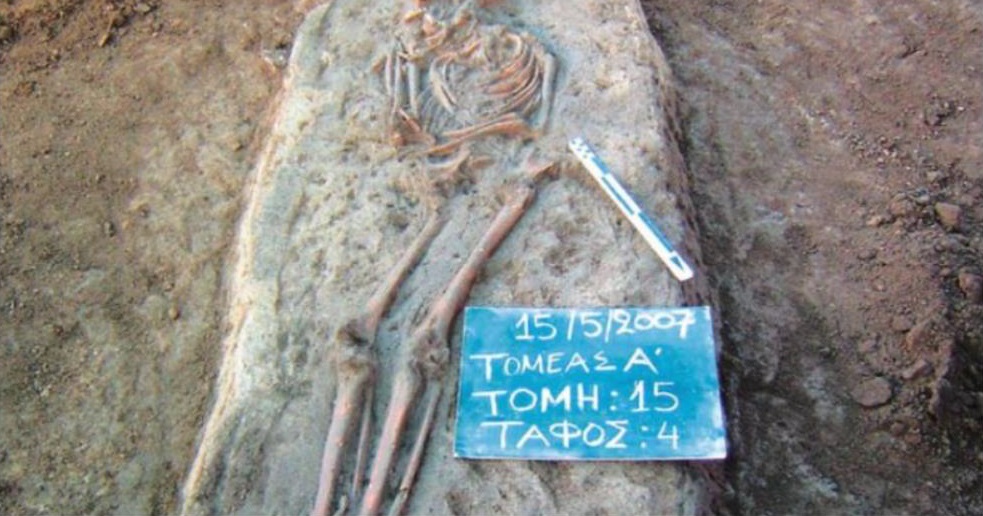
Ceramics
In addition to the ceramics of local production, the number of “introduced” vases from Argolis and perhaps also from Crete is noteworthy.
In the local pottery of YEX, which has its special characteristics both in terms of the clay and the characteristic handles, the Middle Helladic tradition can be traced even in the shapes of the vases. A large number of local pottery vessels, mainly of the Y-IIIB period, imitate the pottery of Argolis by using paint in the smear which is the same color as the clay of Argolis. As a whole, they are also found in northern and western Greece as well as in Albania.
Finally, it is worth noting the presence of animal bones under the foundation of a building dated to MEX I (between 2134 and 1939 BC), which may refer to a foundation ritual, as well as the burial of a pig, which was found under embankments of YEIIIA1.
